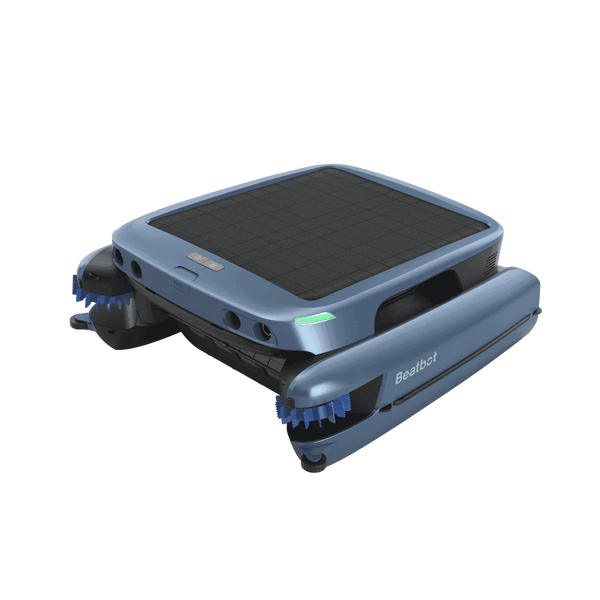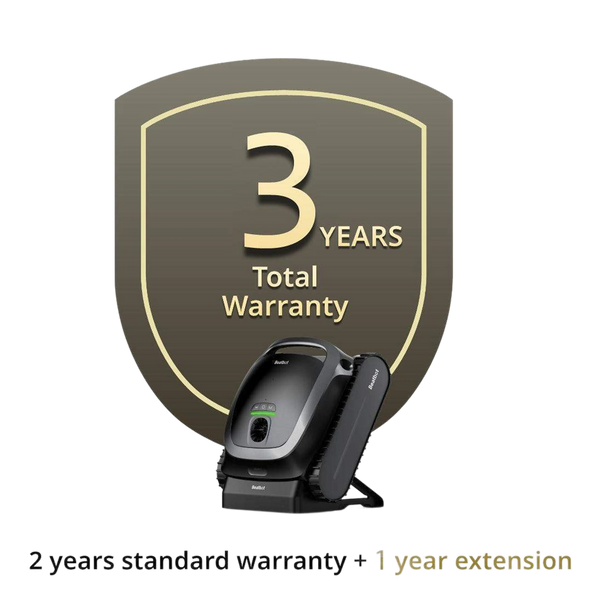How to Hook Up A Pool Cleaner: A Pro's Case Study with a Game-Changing Twist
I’m Emily Thompson, an Updates Writer for the Beatbot Blog since May 2024, with over eight years of experience writing about environmental protection, pool chemistry, landscape design, and gardening. My background in environmental science has fueled my passion for smart solutions that make daily life easier—like the pool care tricks I’ve picked up along the way. Last fall, I found myself knee-deep in a real pool crisis in Charlotte, North Carolina, that taught me the ins and outs of hooking up a pool cleaner the old-fashioned way. It’s a vivid lesson in pool maintenance grit, and by the end, I’ll show you how something like the Beatbot AquaSense could’ve turned that sweaty afternoon into a breeze.

Picture this: a humid September day, the kind where the air sticks to your skin, and I’m standing by a 25,000-gallon in-ground pool at a client’s home in Charlotte’s Myers Park neighborhood. The pool—a kidney-shaped beauty framed by azaleas—was a debris disaster. Pine needles, fallen leaves from a nearby oak, and a scattering of late-summer bugs floated on the surface, while a gritty layer of dirt coated the bottom. “It’s been a mess since the last storm,” the homeowner, Sarah, told me, her voice tinged with frustration as she handed me a cup of iced tea. She’d called me in to hook up her pressure-side pool cleaner—a Polaris 280 she’d owned for years—because her usual pool guy was booked solid, and the pool was turning into an eyesore.
Step one was assessing the setup. Sarah’s pool had a dedicated cleaner line—a 1.5-inch PVC pipe tied into the return side of the system, post-filter, with a valve near the equipment pad. “I think it’s over there,” she said, pointing to a tangle of pipes behind a row of boxwoods. I brushed aside the foliage, found the valve, and turned off the pump—a Pentair SuperFlo humming at 1 HP—to avoid any waterworks while I worked. The Polaris came with a booster pump, a compact 3/4 HP unit that needed its own hookup, so I hauled it from her garage, its white casing scuffed from years of use, and set it down near the pad.
Next, I connected the booster pump to the system. The equipment pad was a tight squeeze—pump, filter, and heater crammed together like puzzle pieces—but I spotted an open 1.5-inch port on the return line. I grabbed a threaded adapter from my toolkit, screwed it into the port, and attached the booster’s inlet hose, a 6-foot length of reinforced plastic that smelled faintly of chlorine. “Do you think it’s still good?” Sarah asked, eyeing the hose’s weathered look. I gave it a tug—firm, no cracks—and nodded. Then I ran the outlet hose from the booster to the cleaner line’s valve, twisting it onto the threaded fitting until it was snug. A quick turn of the valve confirmed no leaks—water stayed put, and I breathed easier.
Now for the cleaner itself. The Polaris 280 sat in a cardboard box, its three jets and sweep hose looking like a mechanical octopus. I fished out the feed hose—a 30-foot coil of segmented tubing—and started at the skimmer end, since Sarah’s setup didn’t have a wall fitting. “I’ve never done this part,” she admitted, watching me unscrew the skimmer lid—a Hayward SP1080 tucked under the deck. I lifted out the basket, dropped in the skimmer adapter (a cone-shaped piece that came with the Polaris), and fed the hose through, connecting it to the cleaner’s base. The first section clicked in with a satisfying snap, and I worked my way up, attaching each segment until the hose stretched across the pool to the cleaner, bobbing on the surface like a lifeline.

Time to test it. I flipped the pump back on, then powered up the booster. A low hum filled the air, and water surged through the hose. The Polaris jolted to life, its wheels spinning as it darted across the pool floor, the sweep hose whipping behind it like a tail. “It’s moving!” Sarah laughed, clapping her hands. But then—clunk—it snagged on a ladder rung near the shallow end. I waded in, my sneakers squishing, and adjusted the hose floaters—little plastic rings along the length—moving them closer to the cleaner to lift it higher. Back on went the power, and this time, it glided smoothly, sucking up pine needles and stirring the grit into a cloudy swirl that the filter would nab later.
The hookup took about 45 minutes—sweaty, hands-on work with a few hiccups, like fishing a stray twig out of the skimmer adapter and tightening a loose hose clamp with my Leatherman. By the end, the pool was clearing, and Sarah was thrilled. “I didn’t realize it was such a process,” she said, wiping her brow as we watched the Polaris dance. It’s a process alright—connecting pipes, wrangling hoses, troubleshooting snags—but it works if you’ve got the patience and the right gear.
That’s where my Beatbot lens kicks in. Since joining Beatbot in May 2024, I’ve seen how tech like the Beatbot AquaSense flips this whole ordeal on its head. Imagine that same Charlotte pool, but instead of hauling booster pumps and wrestling with 30 feet of hose, I just ease the AquaSense into the water. No cords, no plumbing hookups—just a cordless robotic cleaner with a 10,400mAh battery that tackles the floor, walls, and waterline for up to 5 hours on one charge. Its 20 sensors and AI mapping handle navigation, so no snagging on ladders or fiddling with floaters. When it’s done, it parks itself at the surface—no wading in with wet shoes required. The app lets you pick modes (Quick, Standard, Pro) with a tap, and maintenance? Pop out the filter basket, rinse, and dock it on its cordless charger. For Sarah’s debris-heavy pool, that convenience would’ve slashed our cleanup from an hour of elbow grease to a few minutes of setup. As an environmental science geek, I love how it cuts the hassle while keeping pools pristine—smart tech proving its worth, one clean sweep at a time.
Relative Blogs
About the author


























